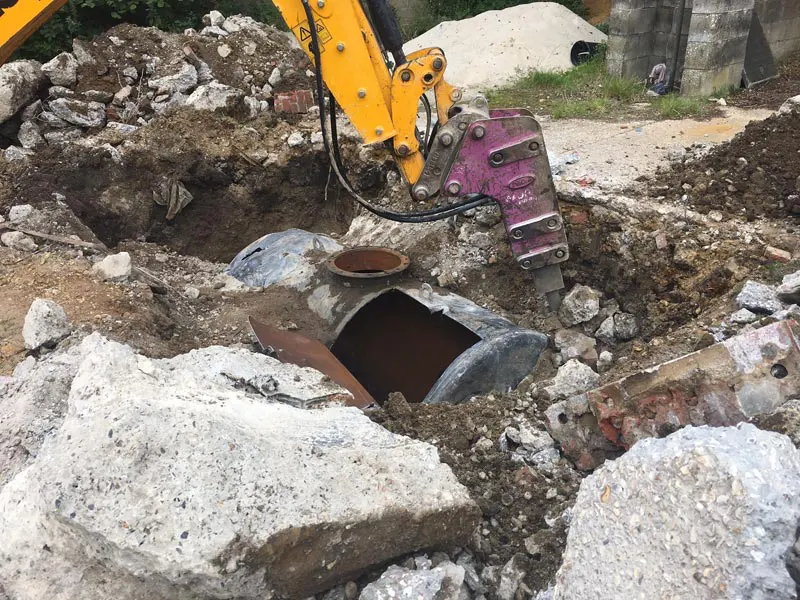Redundant Petrol Tank Removal
Redundant petrol tank removal is a complex process. It requires the tank to be cleaned and made safe prior to transportation and recycling.
DP Tanks had the task of digging out a redundant petrol tank for West Surrey Golf Club in Godalming, which involved the removal of a 4,500 litre UST redundant petrol tank from the ground in preparation for future building work on the site where the petrol tank was located.
The DP Tanks team inerted the tank using nitrogen gas and gave it a comprehensive internal clean prior to excavation from the ground.
The excavation was checked for contaminants and backfilled using clean materials, and finally, the tank and associated pipework were removed and taken off-site for recycling.
Safely Removing Fuel Tanks
Removing a tank is not just a matter of undoing a few rusty bolts and lifting it onto the back of a lorry. It has then to be cleaned thoroughly first so that the tank can be transported safely and recycled.
The tanks have often been built in almost inaccessible basement rooms. Sometimes they are completely bricked up to provide a bund in case of leaks, with just a small inspection hatch being left.
Bunding, also called a bund wall, is a constructed retaining wall around storage “where potentially polluting substances are handled, processed or stored, for the purposes of containing any unintended escape of material from that area until such time as remedial action can be taken. Bunding is a legal requirement in many countries particularly around tanks, storage vessels and other plant that contain liquids which may be dangerous or hazardous to the environment
Particular examples which receive specific attention in the UK, the rest of Europe and the USA are oil and fuel storage tanks and transformers at electricity sub-stations which are filled with oil for cooling and insulation purposes.It is reasonably easy to construct a “water-tight” bund around the base of a tank or vessel. A concrete base and a sealed wall of masonry, brickwork, concrete or even prefabricated steel provide the holding capacity.
In the UK commercial installations exceeding 200 litres and domestic installations exceeding 2500 litres require a bunded tank to comply with Environment Agency ‘control of pollution regulations’.
On occasions, during the tank removal process, we have to cut up the tanks on the spot and manhandle the pieces out through a maze of corridors, stairs and doors, without damaging anything on the way out.
DP Tanks have used this technique successfully in many high profile jobs, including Buckingham Palace and a number of prestigious London hotels.
